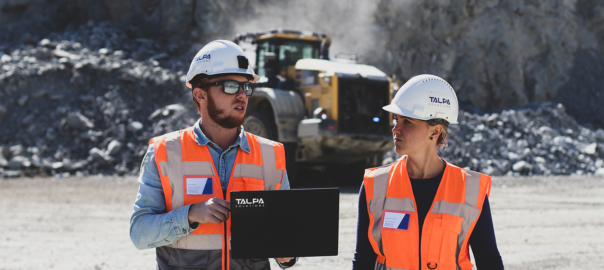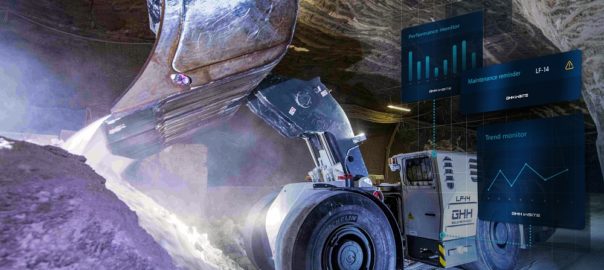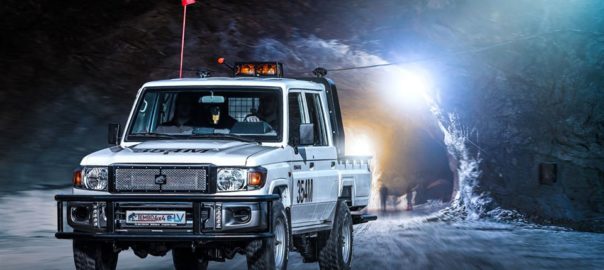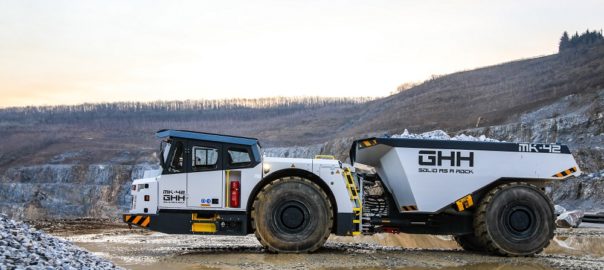Essen-based technology company talpasolutions has raised €4.5 million ($5.5 million) in its latest round of financing to help further accelerate its expansion in key industries such as mining, construction and logistics.
“Thanks to the investment, we are going full throttle into new industries,” Sebastian-Friedrich Kowitz, Co-Founder and CEO of talpasolutions, said. “Over the coming months, we will continue to develop our platform and work on acquiring more international partners and customers. Our goal is to make the Internet of Things a reality in the global heavy industry as well.”
talpasolutions offers software that connects mobile heavy machinery, collects data, and translates machine data into concrete actionable insights for machine manufacturers and operators. It helps companies optimise their machine performance, reduce unplanned downtime and improve safety.
It has tied up with GHH to power the equipment maker’s inSiTE solution.
“talpasolutions enables heavy equipment owners and machine manufacturers in the heavy industry to leverage machine data that would otherwise have been lost,” Kowitz said. “Both the participation of the new investors and the renewed commitment of our existing investors demonstrate confidence that our chosen path is the right one.”













